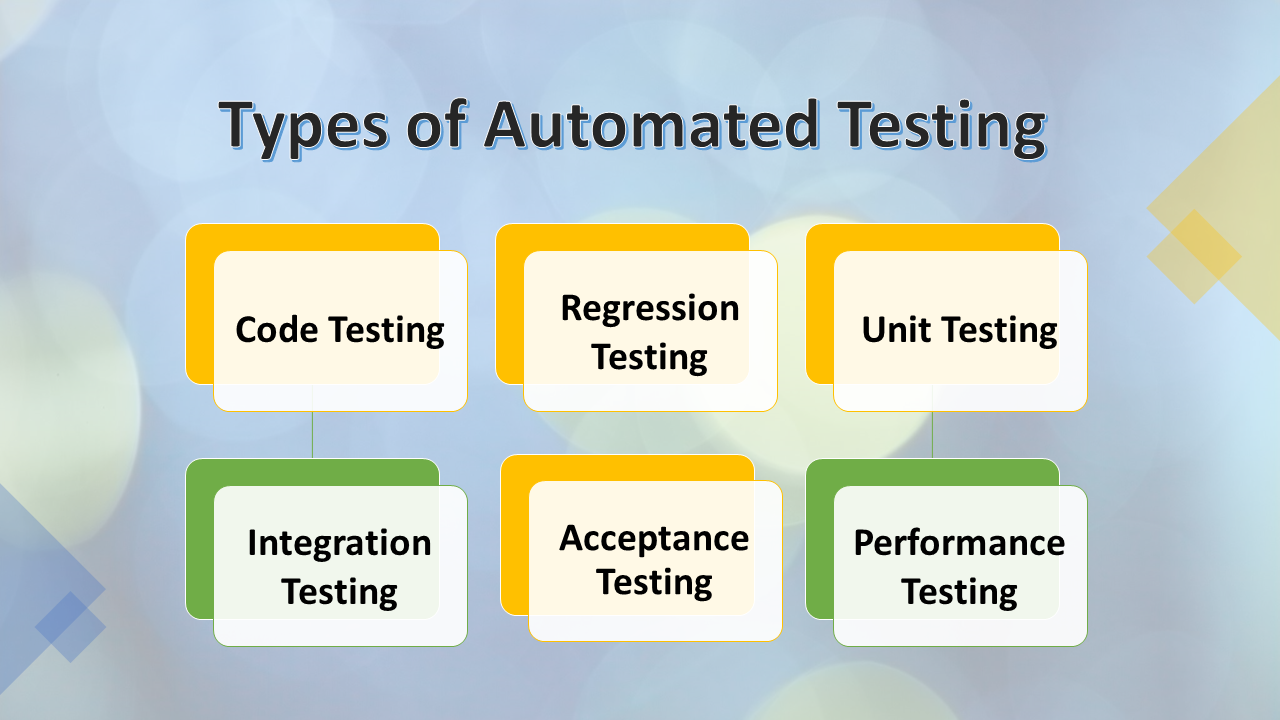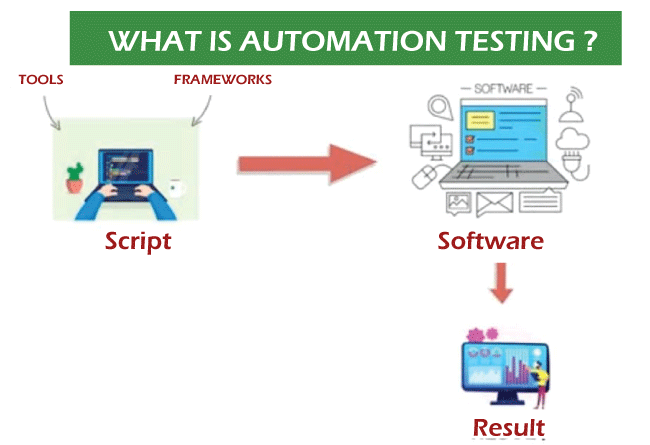Grasping Automation Testing: Devices, Strategies, and Advantages
Grasping Automation Testing: Devices, Strategies, and Advantages
Blog Article
From Guidebook to Automated Testing: A Comprehensive Overview to Transitioning Efficiently and Properly
In the realm of software program testing, the change from handbook to automated processes has become a significantly important change for organizations looking for to enhance performance and accuracy in their screening methods. The trip from manual to automated screening is not without its challenges, however when approached tactically and with a clear strategy in mind, the benefits can be considerable.
Benefits of Automated Evaluating
Automated testing uses countless advantages, boosting efficiency and accuracy in software program development processes. One key benefit is the considerable decrease in screening time. Automated tests can be run simultaneously on several tools and operating systems, substantially speeding up the screening phase contrasted to manual testing. This boosted performance enables faster feedback on the high quality of the software program, enabling programmers to identify and deal with concerns quickly.
In addition, automated testing ensures a greater level of precision in detecting problems. Uniformity in screening is also boosted, as automated examinations perform the same steps exactly each time they are run.
Choosing the Right Tools

First of all, evaluate your objectives and requirements. Understand the extent of your task, the modern technologies included, and the capability of your team. This evaluation will certainly assist you establish the features and capabilities you need in your testing tools.
Second of all, think about the compatibility of the tools with your existing systems and processes. Seamless assimilation with your existing software application development lifecycle is important to ensure a smooth change to automation.
Furthermore, evaluate the scalability and adaptability of the devices. As your testing requires progress, the tools need to have the ability to adapt and suit modifications effectively.
Last but not least, element in the assistance and neighborhood around the tools. When applying automated testing, durable support and an energetic user area can provide beneficial resources and support. By carefully thinking about these aspects, you can choose the right devices that line up with your needs and set the phase for a successful shift to automated screening.
Writing Efficient Examination Manuscripts

When crafting test manuscripts, it is necessary to consider the details requirements of the software being checked and make sure that the manuscripts deal with all essential performances. Descriptive and clear calling conventions for test scripts and examination cases can improve readability and maintainability. Furthermore, incorporating error handling devices within the test scripts can aid in identifying and attending to concerns quickly.
Moreover, arranging test scripts right into modular elements can improve reusability and scalability, decreasing redundancy and boosting efficiency in test script upkeep. Normal testimonials and updates to test scripts are vital to equal developing software application needs and functionalities. By following these important source principles, testers can produce reliable and durable examination manuscripts that add significantly to the success of automated testing processes.
Integrating Automation Into Workflows
By perfectly incorporating automated testing devices like Selenium or Appium into the software program advancement lifecycle, groups can achieve faster responses on code changes, leading to quicker pest detection and resolution. This combination allows for constant screening throughout the advancement procedure, guaranteeing that any kind of issues are determined early on, resulting in greater software high quality. Correct integration of like this automation devices calls for collaboration in between growth, testing, and procedures groups to establish a unified process that maximizes efficiency and efficiency in supplying top quality software application items.
Ensuring a Smooth Shift
Efficiently transitioning to automated testing includes careful preparation and careful execution to lessen disturbances and make the most of efficiency in the software advancement process - automation testing. To make certain a smooth change, it is necessary to start by performing a thorough evaluation of the present testing procedures and recognizing locations where automation can bring one of the most substantial advantages. Involving with all stakeholders beforehand while doing so, consisting of programmers, testers, and task supervisors, is essential for amassing support and buy-in for the automation initiative
Communication is key during this change stage. Clear interaction of the goals, benefits, and assumptions of automated screening aids to handle any type of resistance or issues that may arise. Additionally, providing ample training and sources for staff member to upskill in automation tools and strategies is crucial for making sure a successful transition.

Verdict
Finally, transitioning from manual to automated testing offers various benefits, including enhanced effectiveness and dependability. By choosing the proper tools, composing reliable test scripts, and integrating automation flawlessly into operations, companies can guarantee their explanation a smooth and effective transition. It is vital to accept automation as a useful possession in software testing processes to enhance general high quality and efficiency.
In the realm of software screening, the change from handbook to automated processes has actually come to be a significantly crucial shift for organizations looking for to improve efficiency and precision in their screening methods. Automated tests can be run simultaneously on numerous gadgets and operating systems, drastically speeding up the screening phase compared to hand-operated testing. Uniformity in screening is also enhanced, as automated tests implement the exact same steps specifically each time they are run.To make sure the successful execution of selected screening tools, the production of efficient test manuscripts plays a crucial duty in verifying the performance and performance of automated procedures - automation testing. By following these concepts, testers can create efficient and durable test manuscripts that contribute dramatically to the success of automated testing procedures
Report this page